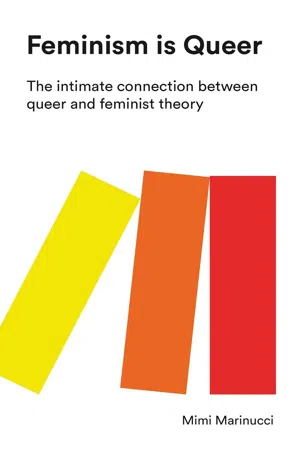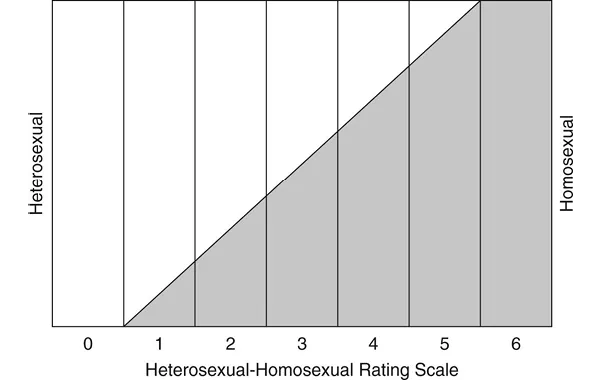
Feminism is Queer
The Intimate Connection between Queer and Feminist Theory
Mimi Marinucci
- English
- ePUB (adapté aux mobiles)
- Disponible sur iOS et Android
Feminism is Queer
The Intimate Connection between Queer and Feminist Theory
Mimi Marinucci
À propos de ce livre
In Feminism is Queer, Mimi Marinucci provides a valuable introduction to the intimately related disciplines of gender and queer theory, and develops the innovative concept of queer feminism, which treats queer theory as being continuous with feminist theory. While there were significant conceptual tensions between second-wave feminism and traditional lesbian and gay studies, queer feminism offers a paradigm for understanding gender, sex and sexuality that overcomes this conflict in order to foster solidarity between those campaigning for women's rights and those for LGBTQ rights. This updated and expanded edition engages with the latest developments in feminism and queer theory, including the new forms of both feminism and 'antifeminism' which have developed within online communities, the growing prominence of trans experiences in popular media, and the relevancy of queer feminism to a new generation of feminist activists. Feminism is Queer remains the indispensable guide for anyone with an interest in gender, sexuality, and the connections between feminism and queer issues.
Foire aux questions
Informations

| 0 | Exclusively heterosexual with no homosexual |
| 1 | Predominantly heterosexual, only incidentally homosexual |
| 2 | Predominantly heterosexual, but more than incidentally homosexual |
| 3 | Equally heterosexual and homosexual |
| 4 | Predominantly homosexual, but more than incidentally heterosexual |
| 5 | Predominantly homosexual, only incidentally heterosexual |
| 6 | Exclusively homosexual |
Table des matières
- Cover
- About the author
- Title page
- Copyright
- Contents
- List of Figures
- Acknowledgments
- Book epigraph
- Preface to the Second Edition
- Preface to the First Edition
- Section I. Sexuality
- Chapter 1. The social construction of sexuality
- Chapter 2. The social history of lesbian and gay identity
- Chapter 3. Queer alternatives
- Section II. Sex
- Chapter 4. Unwelcome interventions
- Chapter 5. Welcome transitions
- Section III. Gender
- Chapter 6. Gender refined and redefined
- Chapter 7. Feminism re-examined and reconsidered
- Section IV. Queer Feminism
- Chapter 8. Notes toward a queer feminism
- Chapter 9. Questionably queer?
- Appendix
- Index